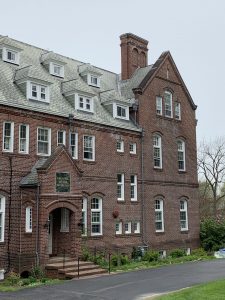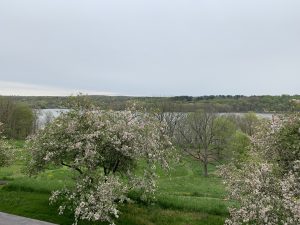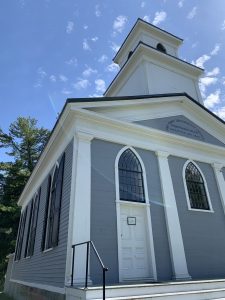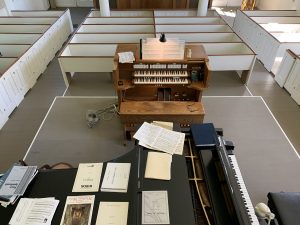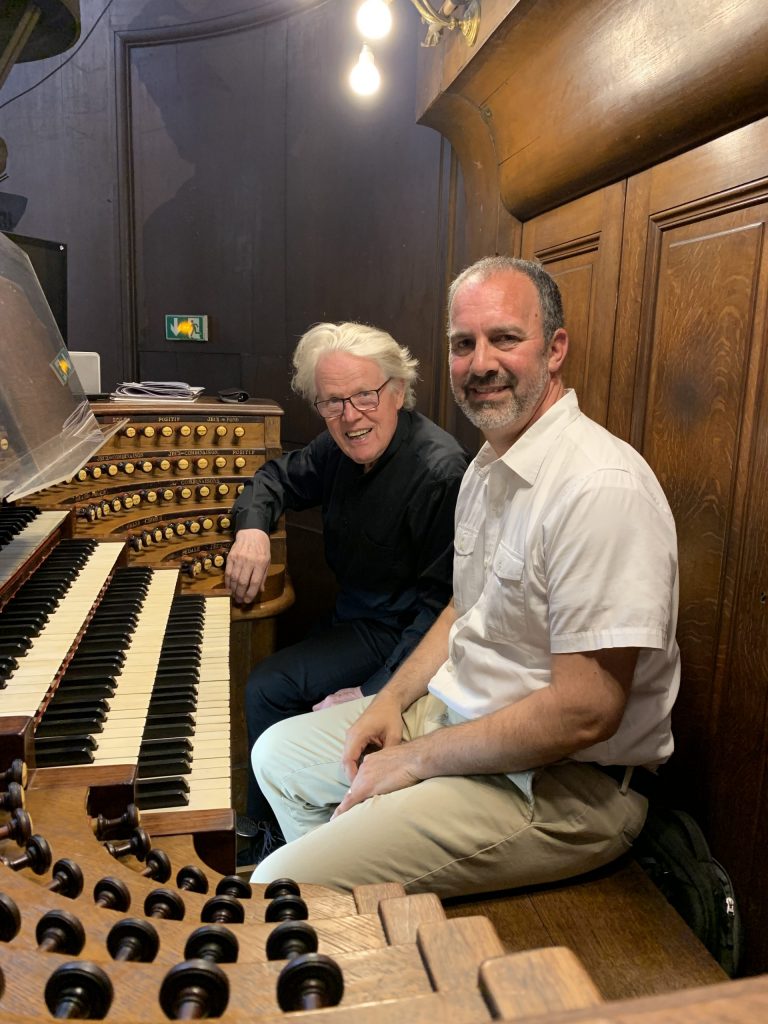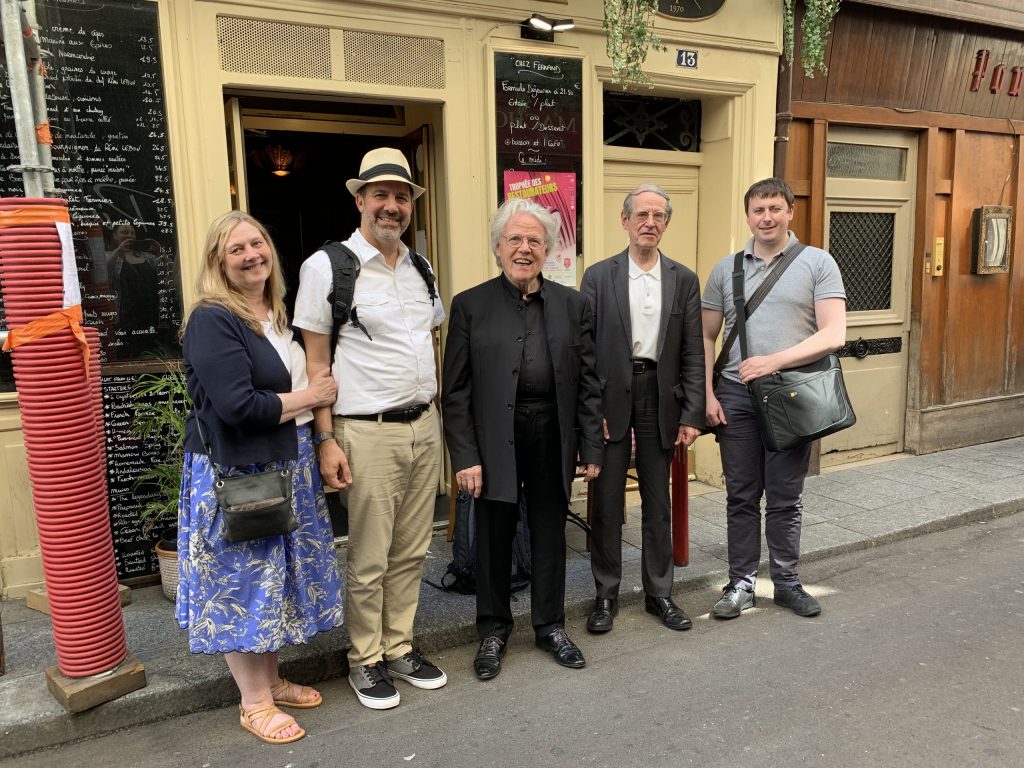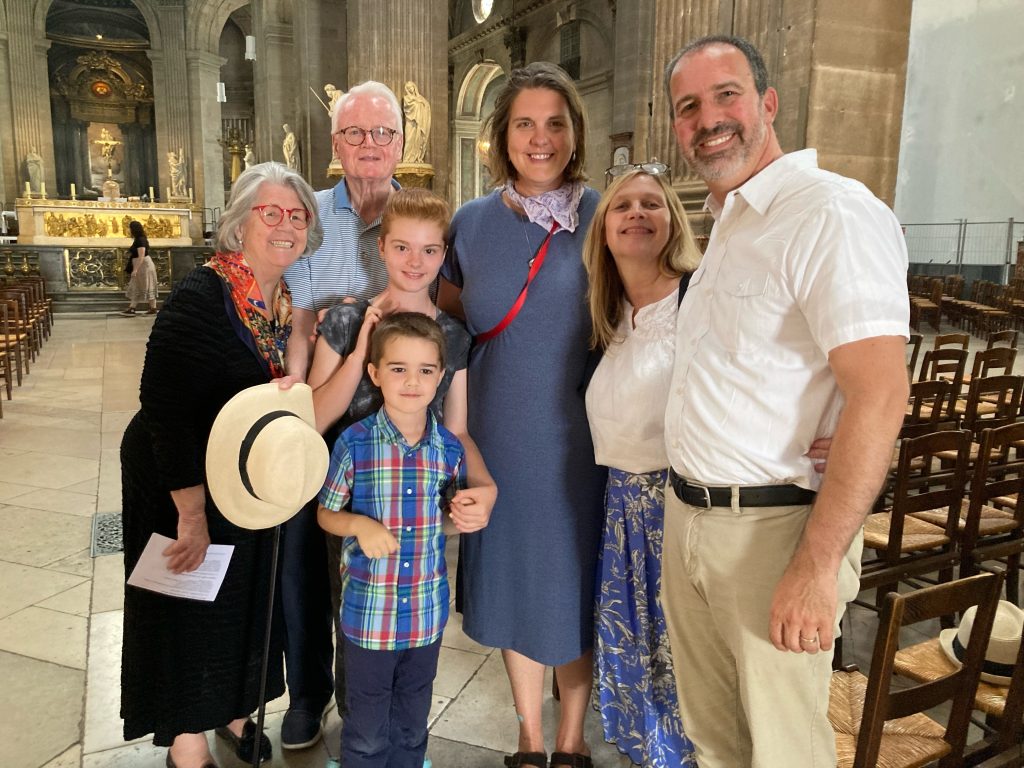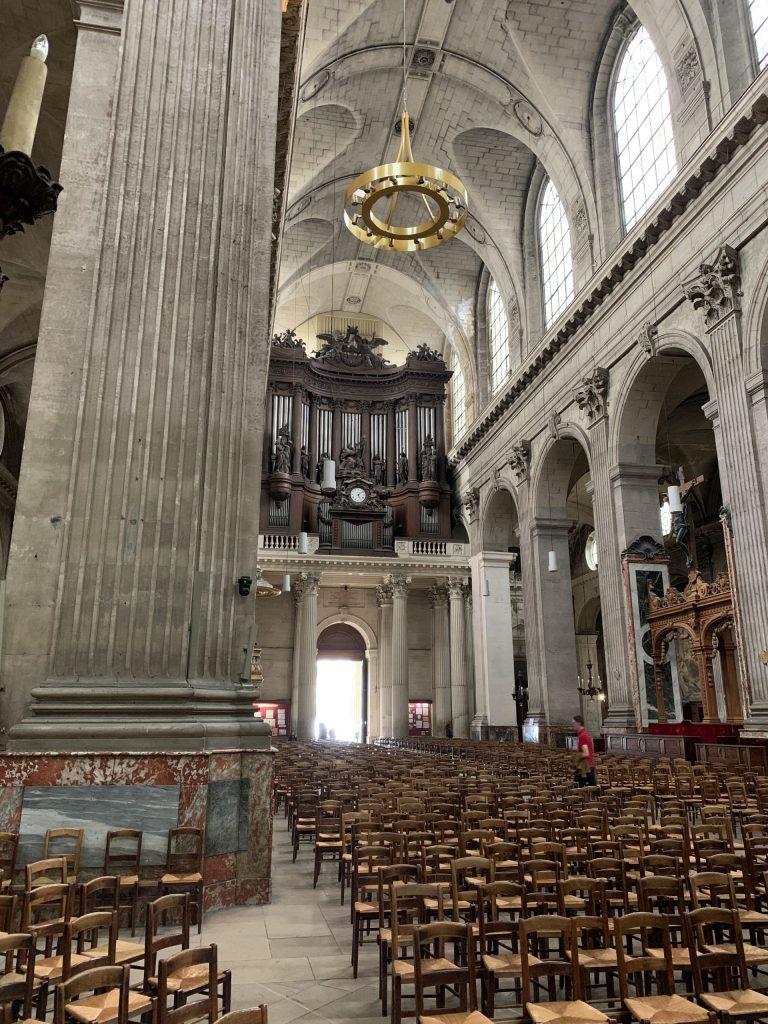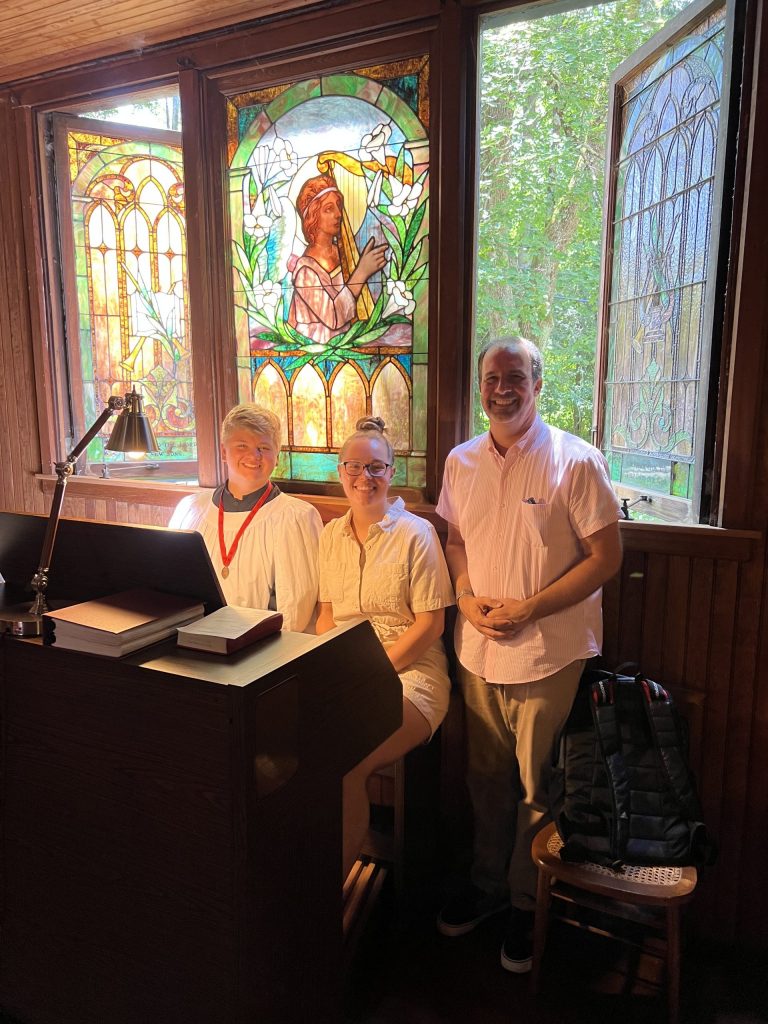This sabbatical has been a blessing in so many ways! Now, days before my return to work, I feel recharged and ready – and excited about what is ahead this fall for music and ministry.
The highlights are below, but in between there was a lot of time to connect with my family, work on home projects, spend some longer-than-usual time on Cape Cod, and simply to “be.” I also continued some teaching, practiced a LOT, and spent time on my “nuts and bolts” project of rebuilding a practice organ console for use at church (see this page).
May 4-6 Holy Cross Monastery
Two overnights at this powerful “thin place” are still a highlight of this long rest. Located on the Hudson River, the beautiful but austere setting, long stretches of quiet, clean and healthy food, and regular worship routine were a needed and perfect connection to God – a reminder of what’s at the center of my work and music. The bonus: an excellent spiritual direction session with one of the brothers there.
June 1-7 Portageville Chapel
Also known as “practice prison,” Portageville Chapel is a former church and accompanying cottage in upstate New York designed as a musical retreat for organists. I spent hours a day practicing new music, preparing for the upcoming concerts, and improvising. There were also hikes at nearby Letchworth State Park, known as “the Grand Canyon of the East” – very inspiring. This was my second trip to Portageville, and it was both productive and centering. I fell in love with and learned this tiny piece by Dupré – Souvenir – and it ended up being the encore for the Schopfheim concert later in the summer.
June 25-July 10 Concert Tour to Schopfheim, Germany, and Paris, France
Schopfheim – Evangelische Stadtkirche
It was such a joy to return to this little town in the Black Forest – a suburb of Basel, Switzerland with small-town beauty, beautiful outdoor markets – and reconnect with our friends Christoph and Ina. I played here in 2007 on a previous tour, and found the organs in the church just as exciting as a remembered – baroque organ in the front for the Bach and pieces by Carson Cooman, Adolphus Hailstork, and Christa Rakich; romantic organ in the rear gallery for the Widor Symphony. Christoph was a great partner in changing stops during the Widor, and because of the continuous thunderstorms, I had to put baggies over my organ shoes to make the trip from the front organ, outside, and upstairs to the gallery – during the concert!
Two reviewers attended the concert, and I was so pleased with their generous comments: read here, thanks to Google translate.
Paris – Église Saint-Sulpice
The video shows the recital (called “audition” or “hearing”) in excerpts first, filmed from the nave, and then parts of the evening rehearsal on Saturday, filmed from the organ tribune to see all the activity of the assistants required to make that organ go.
Mary Beth so kindly filmed this so we can experience it. During the concert, she treated us to a nice tour of the side chapels and other amazing art in this incomparable church, including the obelisk featured prominently in The DaVinci Code… (Tom Hanks once stood right here!). During this walking tour, I’m playing some of the most difficult music of the 3rd movement – with very agitated pedal solos. What you don’t hear is the FULL-ON ARGUMENT that Daniel Roth and the two other assistants were having about the stops, in French of course, while I’m trying to play. Things got messed up so bad that in the little moment of calm that follows, you’ll hear four distinct stop changes (and inadvertent tour of the four families of organ tone) while they struggle to right the ship – first strings (wrong), then reeds (wrong), then principals (wrong), and finally flutes (correct!).
This all happened because the St-Sulpice organ is still functioning on 1860s technology – all of the stops that are set up are actually what is going to happen NEXT, not currently. The assistants have sheets of paper with the stops needed for a particular passage, and set them up during the previous bit of music. A number in the score indicates when the change is supposed to happen, and Daniel calls out this number. A quick control then changes the whole organ to the stops needed, and they move on to preparing the next change. If something goes wrong, there’s little to be done, because the stops set are always ahead of what’s going on. In the concert, that meant long delays before movement 4 and 5 while they all got back on track.
At the beginning of the practice, you can see my body is VERY uncomfortable with the ergonomics of playing much of the music on the 4th manual along with pedal. In addition, I’m trying to judge the sound that is emanating from pipes that are 7 floors above my head (you’ll hear the action noise is quite loud from the console perspective). It got better, eventually, but was difficult starting out, even in the concert.
I’ve been asked if I was nervous. Well, YES! I’ve honestly been nervous for over two years thinking ahead about this concert. The idea of performing the most famous organ work by Charles-Marie Widor in the church he served and on the organ for which it was written is a massive honor and responsibility. And I knew from the start that Daniel Roth, organist titulaire since 1985 (only 3 organists after Widor himself) would be parked next to me on the bench, running the registration and controlling the expression. I was very anxious in the moments before arriving there, all three times, but once I sat on the bench, a heightened calm came over me, and I felt so connected to the musical moments – almost outside of my body. And Daniel was a full partner in the music, sometimes singing along, always encouraging. It was a mountaintop experience!
July 13 – Organ Coaching with Tom Murray
As a final learning experience, I had an organ lesson with Tom Murray, recently retired organ professor at Yale, and someone who has inspired me since my youth. We had a delightful time catching up, and he gave me some inspiring ideas for the Widor 6th Symphony Adagio (learned earlier in the summer), and the Bach Fantasia in G minor.
July 22-23 – Return to Holy Cross Monastery
Bookending my sabbatical with my faith was a spontaneous decision on Friday, and a good one indeed. Being completely absorbed in the worship life of the brothers on the Hudson, even in the extreme heat of this week, was a deeply powerful time of gratitude. I’m returning to work so very thankful for this time and for the gift of rejuvenation.
July 24 – Surprise Visit to Hear Our Organ Scholar
On my final Sunday off, I paid a surprise visit to worship at the Church of the Transfiguration in Norfolk, where Ted Babbitt has been organist each summer for the past three years. He did a wonderful job, as we all have come to expect, and treated us to the Bach G Major fugue as a postlude. More importantly, however, was his calm and inspiring leadership from the console: the service flowed seamlessly, the hymns were singable and exciting, and the music and spoken word worked together to lift all of our hearts. Thank you, Ted!

